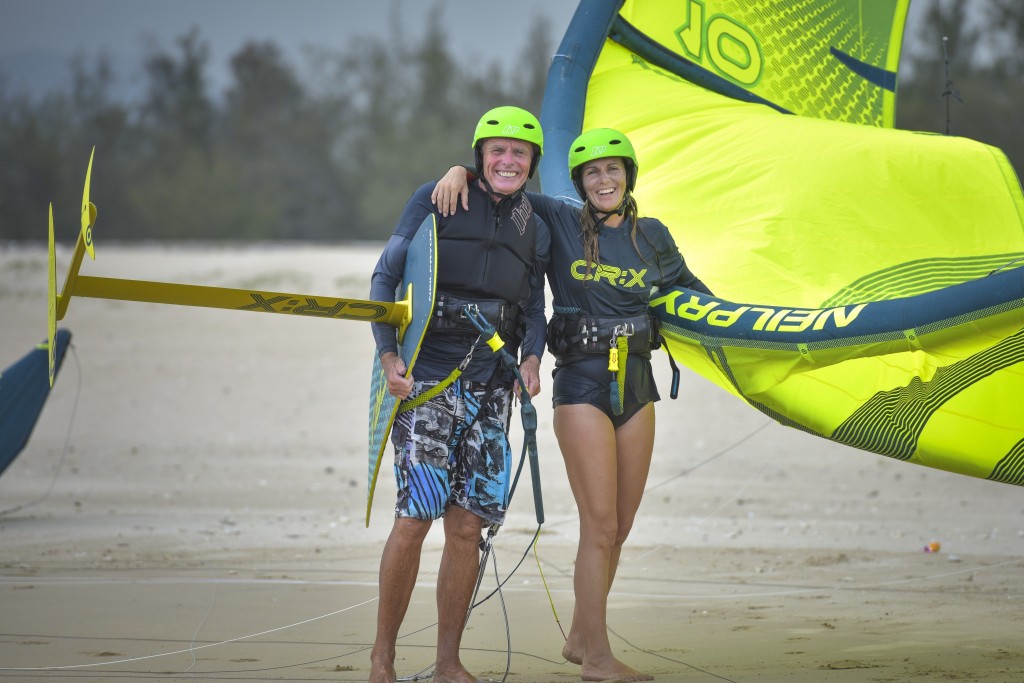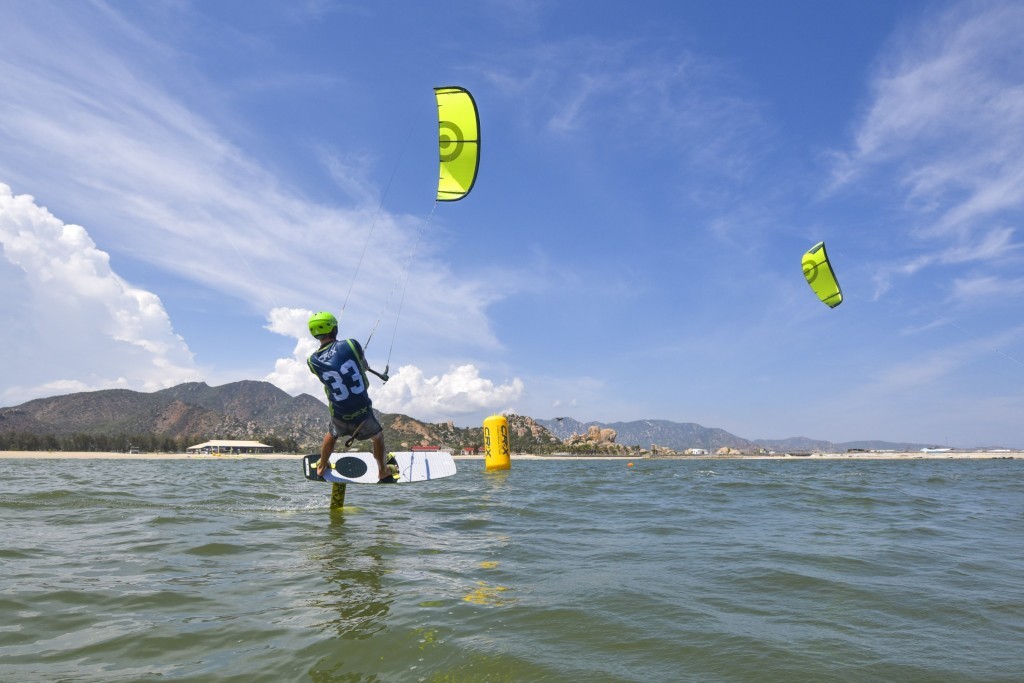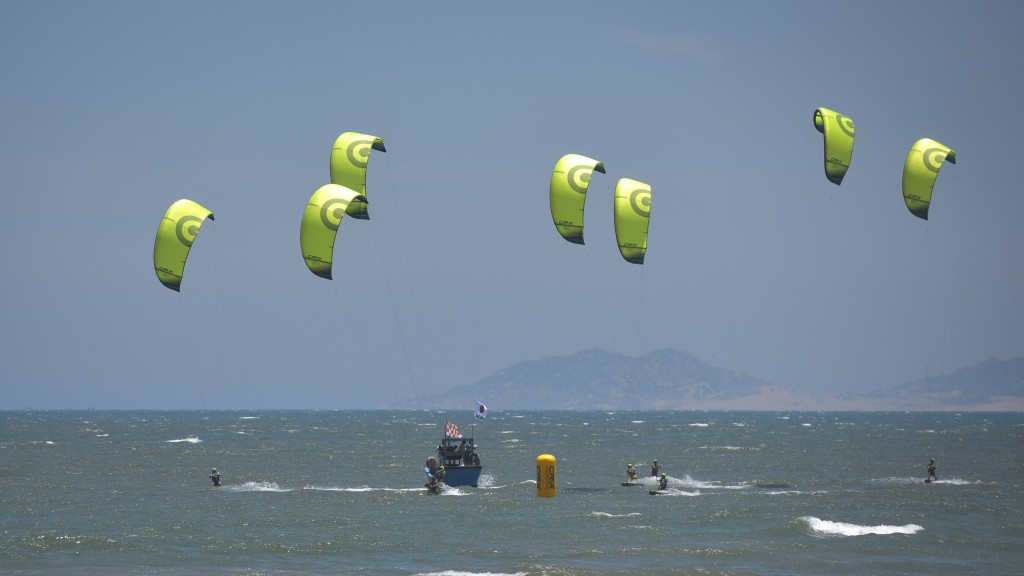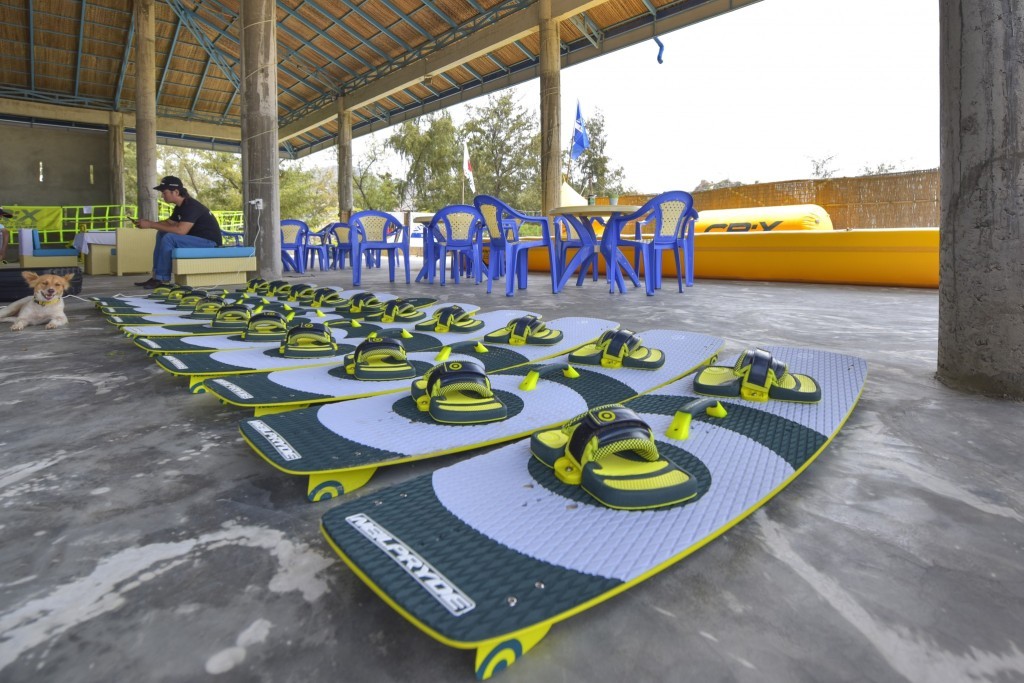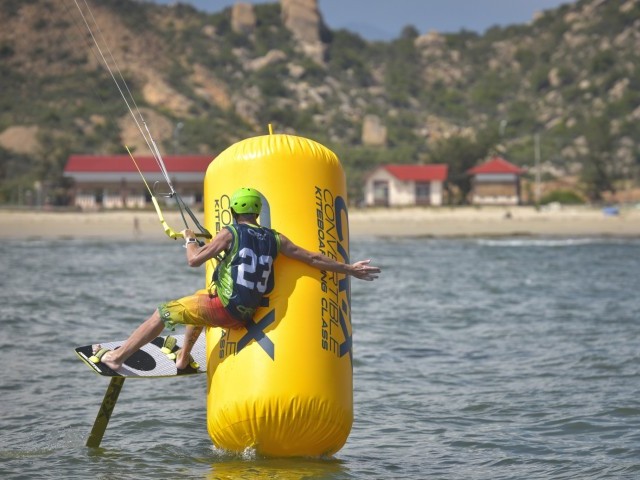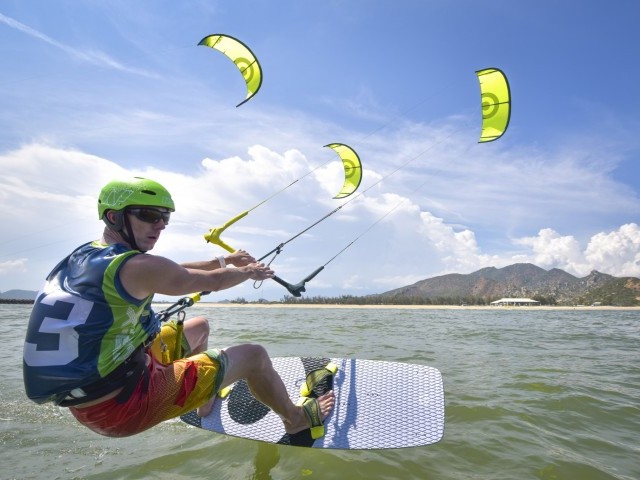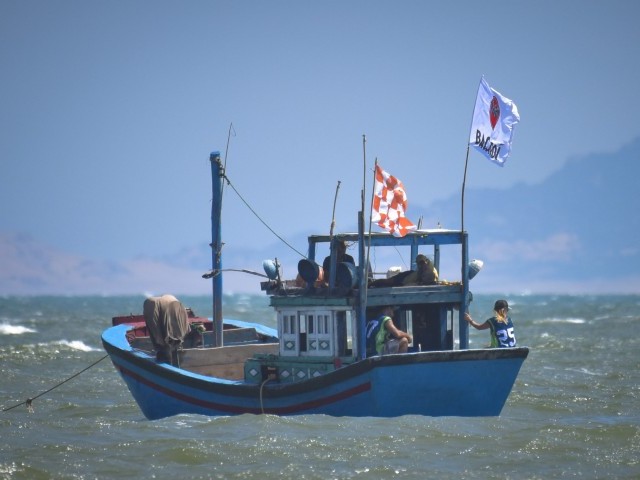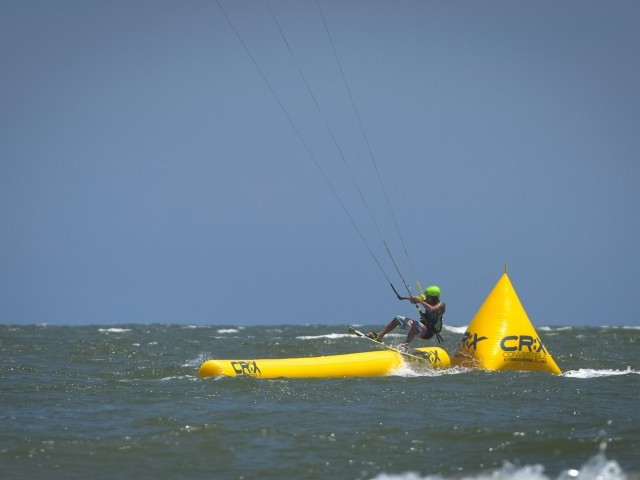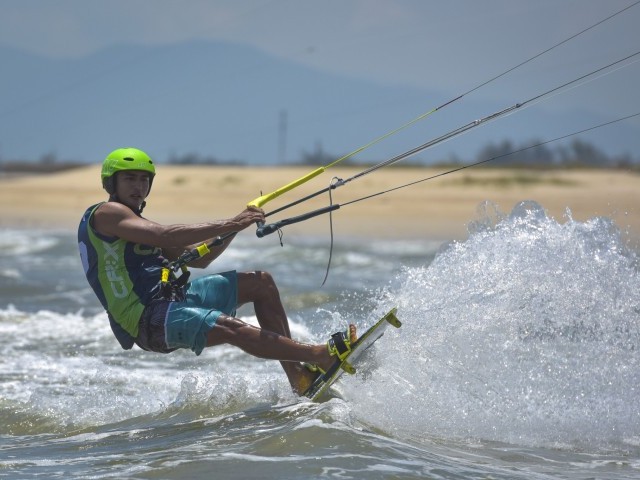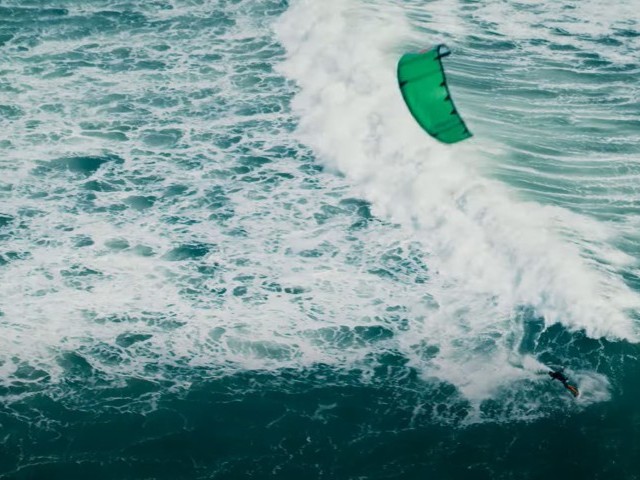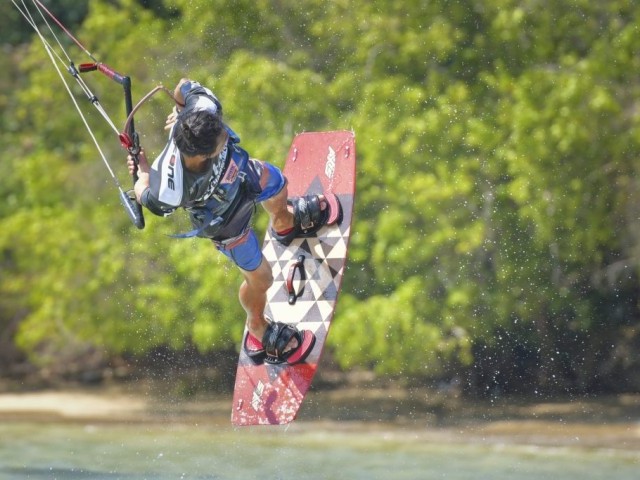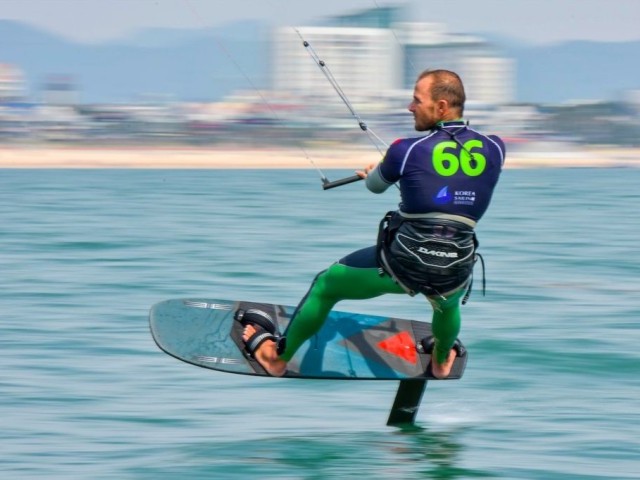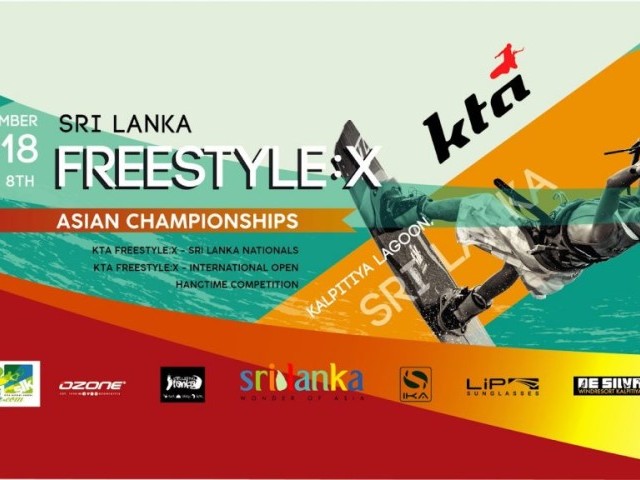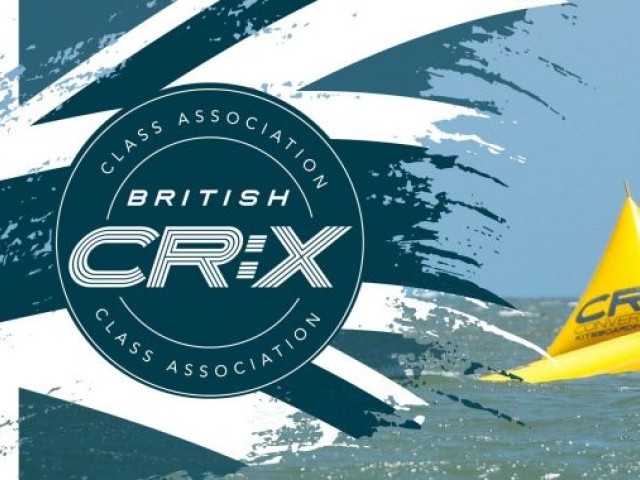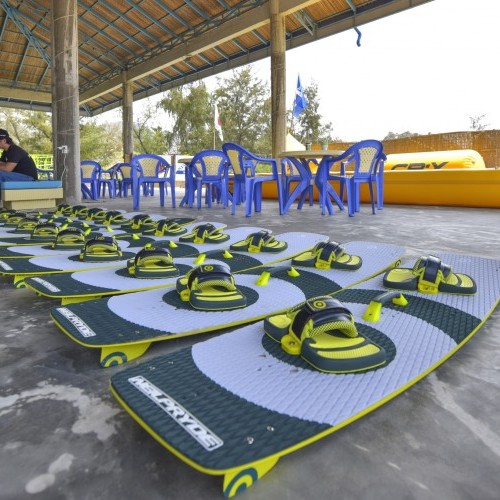
New Kiteboard Race Class Movement Launches In Vietnam
Sun 18th Sep, 2016 @ 9:00 pm
It was a big week for One-Design kiteboard racing. Neil Pryde presented it’s CR:X class with a week of testing, clinics and racing at Ninh Chu Bay Beach Club in Vietnam. Goals of the One-Design program include providing a training platform for athletes to develop their skills, providing a feeder program for kite racing within the World Sailing organization and promoting racing for all levels and abilities, with athletes competing on matched equipment. Ultimately, the aim is for kiteboarding to be included in the 2020 Tokyo Olympic Games. Kite Tour Asia provides a full rundown of the week. Keep reading to learn more!
The Ninh Chu Bay Beach Club, Phan Rang played host to the test week launch of kiteboarding’s first one-design race class. Defined as CR:X, the new class is setting out as a convertible race class that aims to create a new movement within the kiting world.
Mike Raper, Division Manager Neil Pryde Kites summed up the launch: ‘We are delighted with how this event has gone. The racing was close and exciting from start to finish and having it so close to the beach really made everyone feel involved. From the success of this week we will continue to build the class on a fun and welcoming sense of community. Bring on the next event!’
The equipment package for the CR:X class has been designed and built by the Neil Pryde, which has a long history with sailing and one-design classes. Essentially the class equipment combines a set of 3 inflatable race kites (7mtr, 10mtr and 13mtr) and a symmetrical twin-tip (TT) board that can be utilized not only for TT racing and ‘Boarder X’, but also for beginner training. The concept then allows for a hydrofoil to be added, which transforms the board into a different animal that can now perform and race at the light end of the wind scale. In a nutshell, CR:X aims to be a platform for both training and racing that can act as a springboard into the performance race classes, while racing in its own right as a one design package.
The sport of kiteboarding itself has seen tremendous growth over the past years, due to its short learning curve and versatile riding formats. It’s a sport that enables participants to ride waves, jump to great heights and perform powerful freestyle moves or race at high speed across flat water. It is in the later of these variations, kite racing, that the sport has caught the attention of the International Olympic Committee (IOC) and under the wing of World Sailing (WS) has been included on the sporting slate of the 2018 Youth Olympic Games (YOG), which is set to take place in Argentina.
This is a phenomenal achievement for such a young sport, which has its sights set higher still as it aims to be amongst the WS list of race disciplines at the full 2020 Olympic Games in Tokyo. It appears too that the sport may well have good cause for optimism, given the present endorsement from the IOC itself.
‘Kit McConnell, sports director at the International Olympic Committee (IOC) wants Olympic events that appeal to the youth demographic and encourage gender equity, and kiteboarding is one of the sports that fits the “Vision 2020” strategy’.
Kiteboarding though has primarily developed over the years as an individual pursuit with individually owned commercial kite training schools. And while the lifestyle and ethos may be one of freedom and access, the model has some limitations when some emerging countries and youth training opportunities in the sport are considered. CR:X aims to address this and provide a training platform that supports both youth and adult kite racing, though a network of clubs, kite schools and sailing centres that will grow into a worldwide movement of ‘CR:X Chapters’.
The first step of this journey has now begun and Ninh Chu Bay proved to be the ideal location for the CR:X test week, which ticked all the boxes when it came to meeting the aims the class had set out to achieve. It was a packed week that saw daily opportunities to not only test ride the equipment in its different modes but also provide feedback directly to the design and production team. Normally this process takes place between professional test riders and the brand, but CR:X wanted open things up at the grassroots level before pushing the final button on production.
The testing also extended to the racing formats as different course designs considered for both the foil boarding and TT models. The race team’s aim was to create courses that allowed the action to remain close to the beaches for crowd understanding and interaction, as well as being fun and challenging for the racers.
To complement the racing, the CR:X crew also ran a ‘foilers clinic’ for the week to give those riders who had not yet tried this new phenomenon out, the chance to learn skills. Foiling, even for the most experienced of kiteboarders can be a big challenge for the first time, but with the steady help and support of the CR:X coaches, most achieved a good start to their foil career by the end of the week.
Then with the week of testing and training complete, CR:X rounded things off with its first race weekend. Designated as the CR:X Race Series #1, the racing attracted an entry of 33 athletes from across 14 countries. They took part in a series of combined TT and Boarder X races that tested their skill not only in racing but also in jumping as they were required to negotiate a number of obstacles around the course.
Ultimately CR:X aims to run its racing to include both TT and hydro-foiling during the same event, but for the moment it is early days and in emerging countries such as Vietnam do not as yet have great experience or access to foil-boards. This will be a gap that CR:X plans to fill by creating CR:X Chapters, a sort of club/school that will open access and training opportunities to new kiteboarders to grow the sport for the future.
For more information visit: crxclass.com


